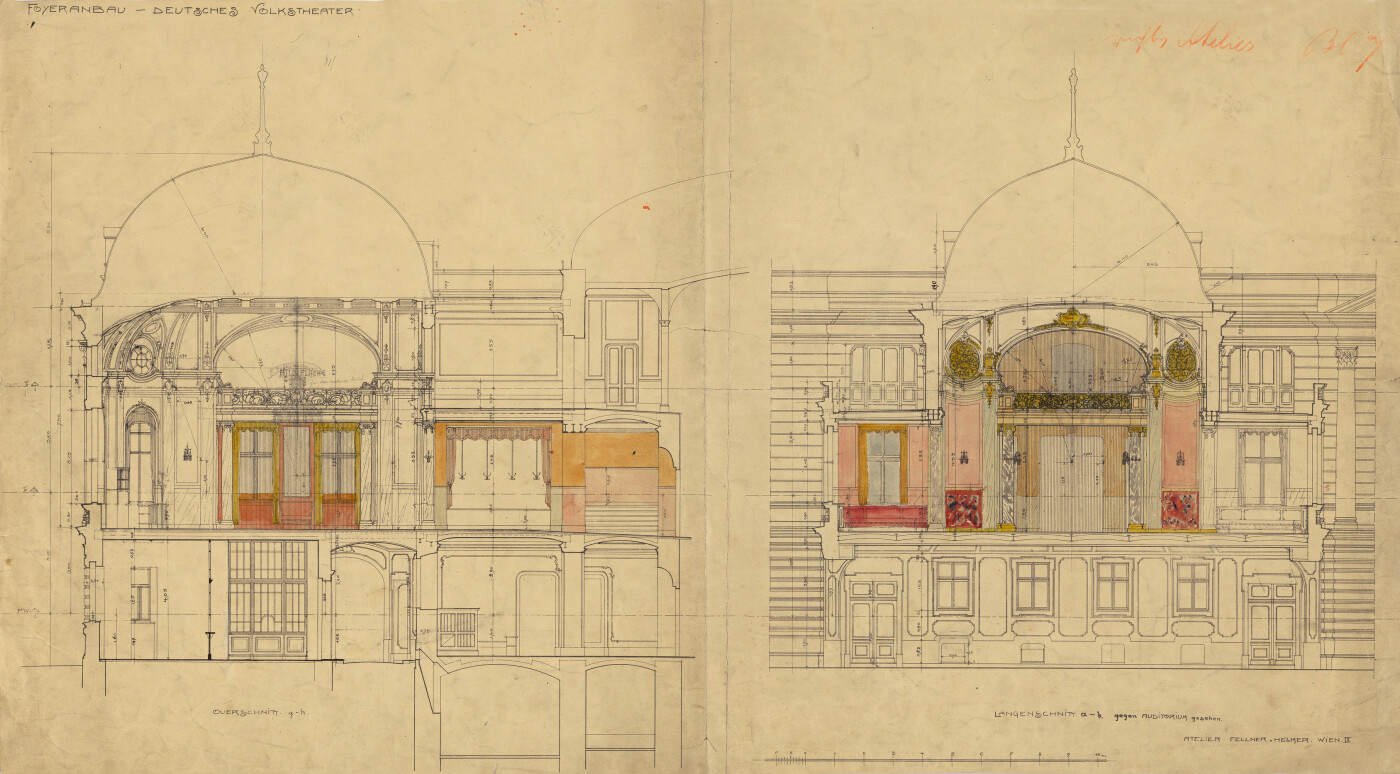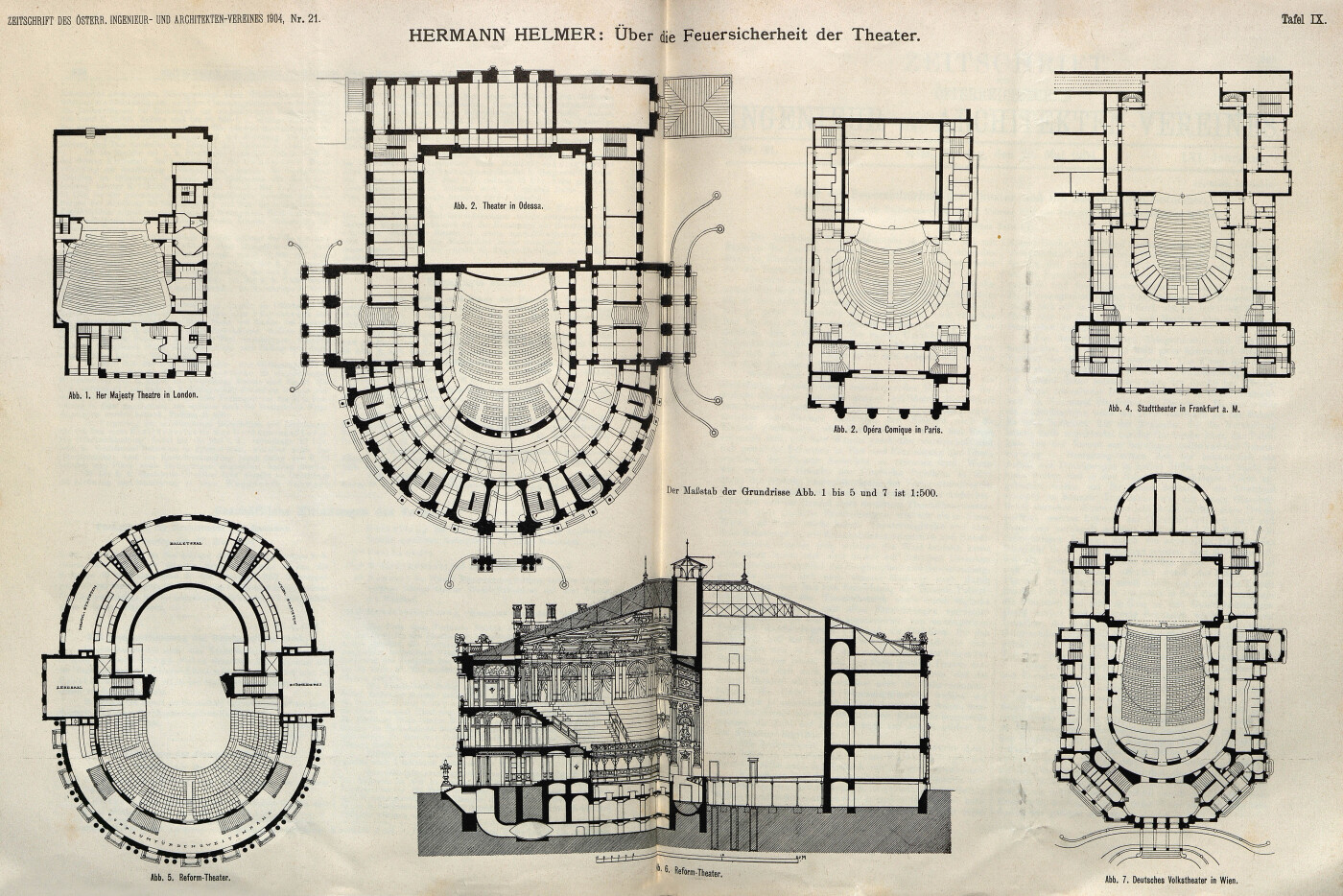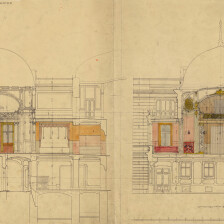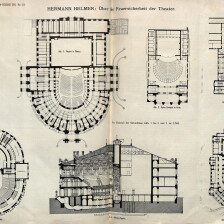Fellner & Helmer
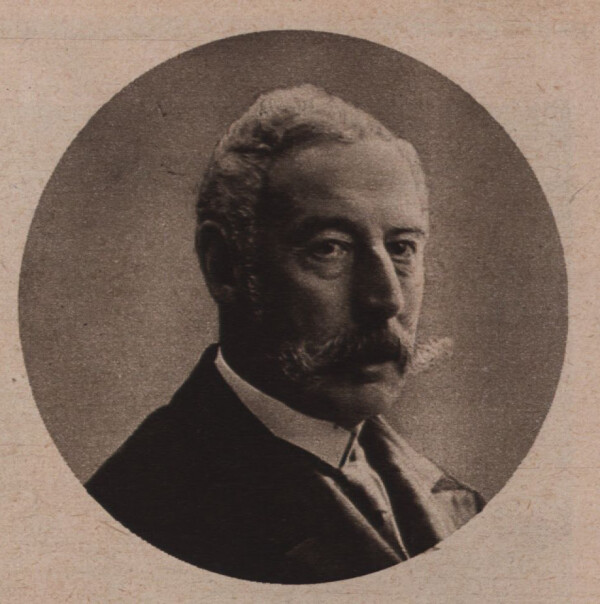
Ferdinand Fellner, in: Das interessante Blatt, 30.03.1916.
© ANNO | Austrian National Library
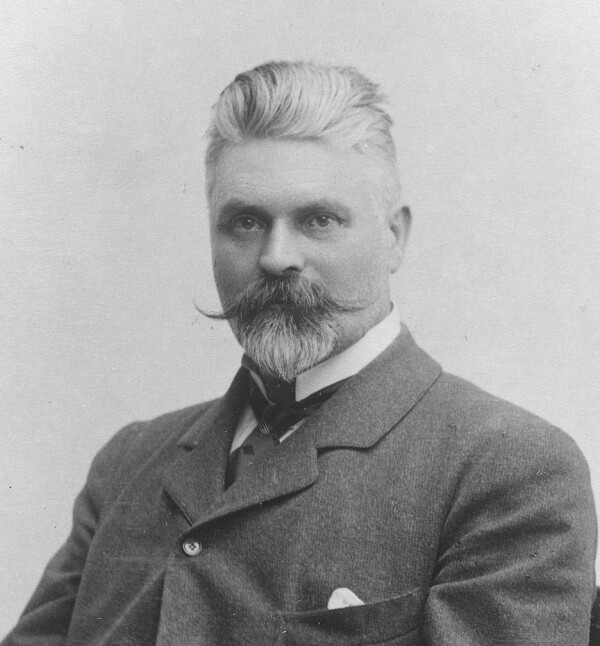
Hermann Helmer, Austrian National Library, Vienna
© Picture Archives and Graphics Department, Austrian National Library
The two Viennese architects Ferdinand Fellner jun. and Hermann Helmer were best known for their theater buildings. Their firm Fellner & Helmer collaborated closely with the “Künstler-Compagnie” and for instance commissioned the artists to decorate the city theaters in Brünn, Reichenberg, Karlsbad, Fiume and Totis.
The architectural firm Fellner & Helmer was founded by the Austrian architect Ferdinand Fellner jun. and the German architect Hermann Helmer in Vienna in 1873. Helmer, a trained mason and a graduate of the Technical College in Munich, had worked as a technical draftsman at the studio of Fellner’s father. After his father died, Fellner jun. took over the firm and began collaborating more closely with Helmer. Initially, Helmer was in charge of studio work and Fellner in charge of customer relations and the supervision of building projects on location. Later on, each architect had his own team, working simultaneously on various commissions. Due to the strong order situation, Fellner & Helmer employed up to 20 architects at their studio.
Theaters for Europe
Fellner & Helmer specialized in modern theater buildings. Between 1874 and 1916, they planned and built numerous theaters and concert halls across Europe. Their architectural firm had an excellent reputation, because they worked efficiently and responsibly and kept costs low. Fellner & Helmer also made a name for themselves with the development of new architectural fire protection standards, which became a prerequisite for theater buildings after the fire at the Ringtheater in 1888 and are still in effect today.
Collaboration with the “Künstler-Compagnie”
Fellner & Helmer presumably established their ties with the “Künstler-Compagnie” through Ferdinand Laufberger. In 1880, Gustav Klimt, Ernst Klimt and Franz Matsch received the first artistic commission from the architectural firm, encompassing the creation of four ceiling paintings for Sturany Palace. Other large commissions followed over the next few years, including the decorations for the palace theater in Totis and the city theaters in Reichenberg, Karlsbad and Fiume.
Plans of Theater Buildings
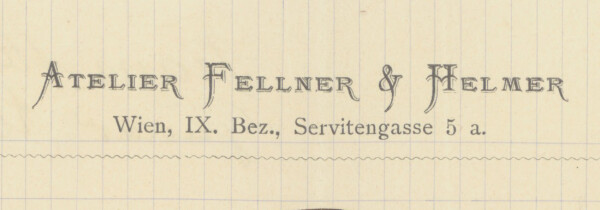
Letterhead of the Fellner & Helmer studio on a letter from the artists' company regarding the decoration commission for the Reichenberg Municipal Theater, SOkA Liberec, Archive města Liberec
© SOkA Liberec, Archiv města Liberec (AML)
The End of the Studio Community
The successful studio community Fellner & Helmer existed for more than four decades. During that time, they planned and completed more than 200 construction projects throughout Europe. After Fellner’s death in 1916, Helmer took over the studio. He was succeeded by his son. With the collapse of the Austro-Hungarian Monarchy and the ensuing economic difficulties, the architectural firm was eventually dissolved.
Literature and sources
- Architektenlexikon. Wien 1770–1945. Gottlieb Helmer. www.architektenlexikon.at/de/220.htm (03/31/2020).
- Architektenlexikon. Wien 1770–1945. Ferdinand Fellner. www.architektenlexikon.at/de/126.htm (03/31/2020).
- Tobias G. Natter (Hg.): Gustav Klimt. Sämtliche Gemälde, Vienna 2012, S. 522-525, S. 533-535.
- Alfred Weidinger (Hg.): Gustav Klimt, Munich - Berlin - London - New York 2007, S. 232-234, S. 236, S. 242.
- Felix Czeike (Hg.): Historisches Lexikon Wien, Band 2, Vienna 1993, S. 275-276.
- Felix Czeike (Hg.): Historisches Lexikon Wien, Band 3, Vienna 1994, S. 140.
- Der Architekt. Wiener Monatshefte für Bau- und Raumkunst, 22. Jg. (1919), S. I (Beilage).
- Akt mit Abschrift eines Briefwechsels zwischen der Stadt Reichenberg, Franz Matsch, Gustav Klimt sowie dem Architekturbüro Fellner & Helmer (02/27/1883). VI. – Gd, 202, Signatur 709/4, Karton 188_15, .


